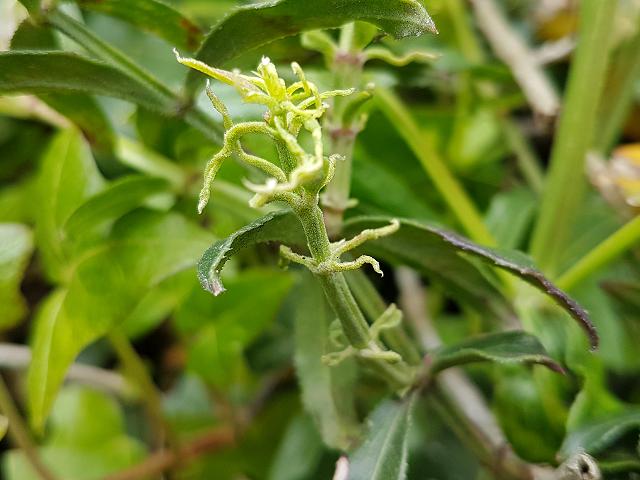
APHOTOFAUNA
An online educational resource dedicated to the photography of
terrestrial wildlife and their habitats, found across South-West
England and the Devon and Cornwall Peninsula by David Fenwick.
Aculus rubiae (Roivainen, 1953) ? - A gall mite of Rubia peregrina, Wild Madder (Gall mites)
Scroll down and rollover titles to change screen image or click on title to view image.
Gall mite of Rubia peregrina
Aculus rubiae ?
- on plant Wild Madder 1
Aculus rubiae ?
- on plant Wild Madder 1
Gall mite of Rubia peregrina
Aculus rubiae ?
- on plant Wild Madder 2
Gall mite of Rubia peregrina
Aculus rubiae ?
- leaf mottling and distortion 1
Gall mite of Rubia peregrina
Aculus rubiae ?
- distortion / bifurate midrib 1
Gall mite of Rubia peregrina
Aculus rubiae ?
- bifurcate leaf tip 1
Gall mite of Rubia peregrina
Aculus rubiae ?
- spines on upper leaf surface 1
Gall mite of Rubia peregrina
Aculus rubiae ?
- mottling of mesophyll layer 1
Gall mite of Rubia peregrina
Aculus rubiae ?
- mite 0.1mm division rule 1
Gall mite of Rubia peregrina
Aculus rubiae ?
- mite 0.1mm division rule 2
Gall mite of Rubia peregrina
Aculus rubiae ?
- mite dorsal anterior 1
Gall mite of Rubia peregrina
Aculus rubiae ?
- mite on plant material 1
The mite gall believed to be Aculus rubiae was found on Rubia peregrina on main Hayle road close to Carnsew Meadows, Hayle, Cornwall. 26.04.17.
The mite was causing distortion, mottling, abnormal development of spines and bifurcated mid-ribs on leaves, this is more typical of Aculus rubiae, than a species associated with Galium, a related plant species. Aculus rubiae is only previously known from Ireland, so it looks like it has now arrived in the UK.
APHOTOFAUNA supports open source data recording and sharing for the benefit of wildlife, recorders, research, science and education. The project works closely with the following bodies and organisations.
The CISFBR or Cornwall and Isles of Scilly Federation of Biological Recorders is an independent umbrella organisation supporting independent recorders and recording groups in the county of Cornwall.
The Cornish Biodiversity Network or CBN is the largest open source wildlife database in Cornwall that sends open source data to the NBN (National Biodiversity Network). It is a new recording system based on the ERICA database, the largest recording resource in Cornwall. The CBN best supports the activities and needs of the independent recording community and recording groups in Cornwall.
The National Biodiversity Network or NBN is a charity that supports open source data sharing and recording supporting conservation, science and education.
"Why do recorders need open source?". Simply because it supports the core values of wildlife recording and the free use of records and data over a very wide network that includes partners like the Natural History Museum.

The main objective of this website is in furthering environmental awareness and education through the medium of photography. To increase awareness and access to the wildlife of the region and help
people find and identify it. Sometimes the difference between species is obvious but many species can only be determined by observing microscopic characteristics that are specific to any one species.


